About Us
Restoring the health and well being of our awa
Who we are
Ngā Puna Rau o Rangitīkei is a collective of Hapū and Iwi connected to the Rangitīkei Awa catchment, stretching from its source to the sea. This initiative, created by tangata whenua for tangata whenua, represents a forward-thinking approach to collaborative action among Hapū and Iwi. The catchment area encompasses the tribal rohe of Ngāti Tūwharetoa, Ngāti Rangi, Ngāti Kahungunu, the confederated iwi and hapū of Mōkai Pātea, Ngāti Maniapoto, Ngā Wairiki Ngāti Apa, and Ngāti Raukawa. By working together, these groups aim to manage and protect the Awa in a way that respects their shared heritage and ensures its preservation for future generations.
The Iwi and partners from Ngā Puna Rau o Rangitīkei who have committed to supporting our Strategic Plan are:
What we do
Rangitīkei 253 Project
The goal is to capture and share a range of voices and perspectives from along the 253 kilometers of the Rangitīkei Awa. This project focuses on gathering first hand stories about the river-what it means to us, the depth of our connection to it, and the reasons why we feel such a strong bond. By documenting these personal accounts, we highlight why it’s crucial to protect the awa and preserve its significance for current and future generations.
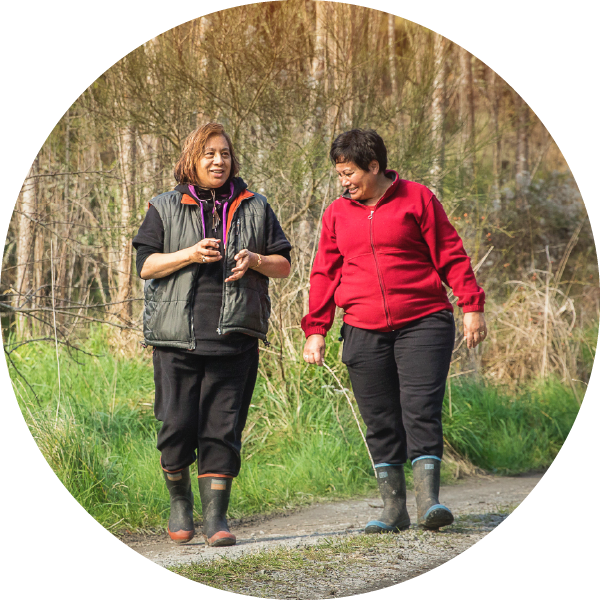
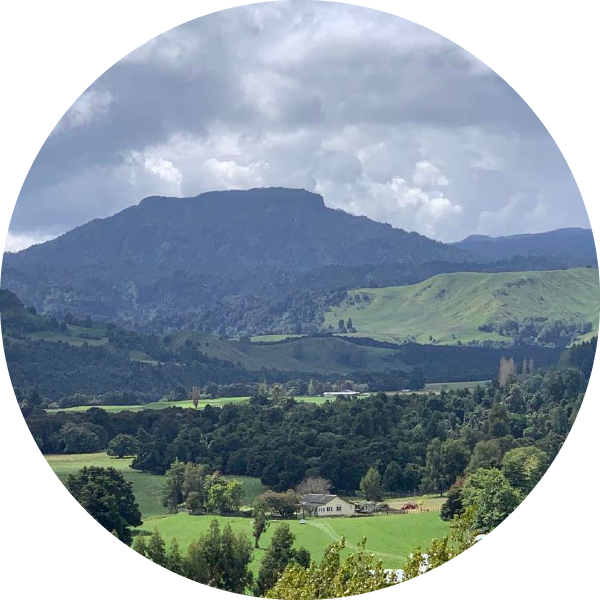
Whenua Māori
Supporting Māori farms and landblocks involves providing guidance on land governance and management. This includes helping with land use, sustainable practices, and aligning with Māori values and regulations. Our goal is to empower Māori landowners to manage their land effectively while respecting their cultural heritage.

Mātauranga Māori
Gather and protect Mātauranga Māori by working with local communities to document and share their knowledge of the Rangitīkei Awa. We aim to capture and preserve the stories that highlight the deep connection between the people and the Awa, ensuring this valuable cultural knowledge is kept alive and passed on to future generations.
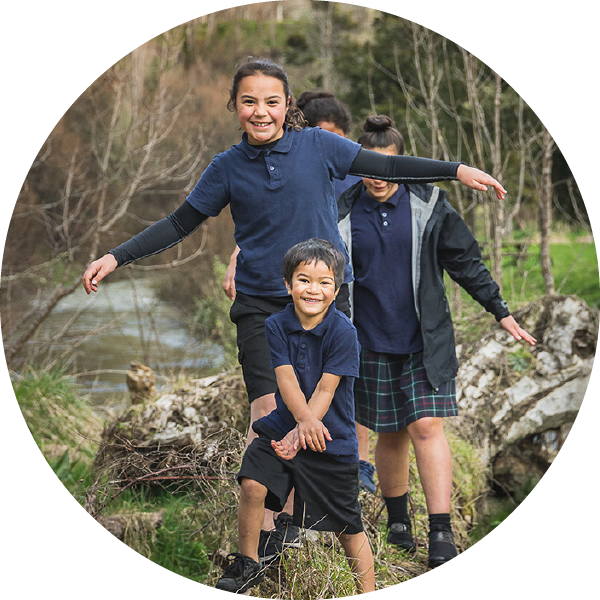
Cultural Assessments
We assess how projects affect our communities to ensure we protect our connection to land and water. This process involves engaging with stakeholders and whānau to gather their feedback and address their concerns. By doing so, we aim to maintain our environmental and cultural bonds while making informed decisions about project impacts..
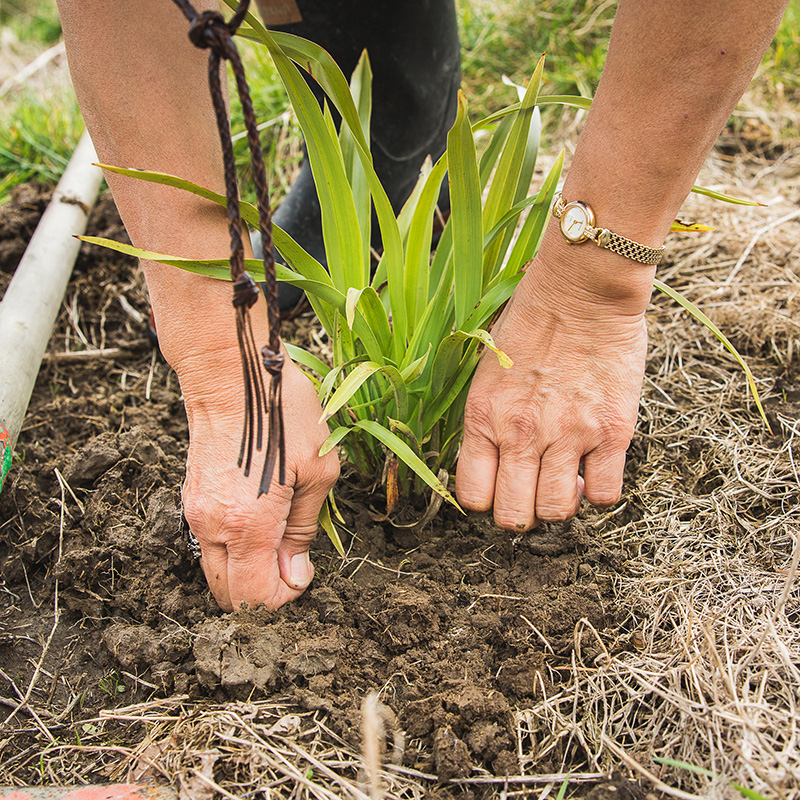
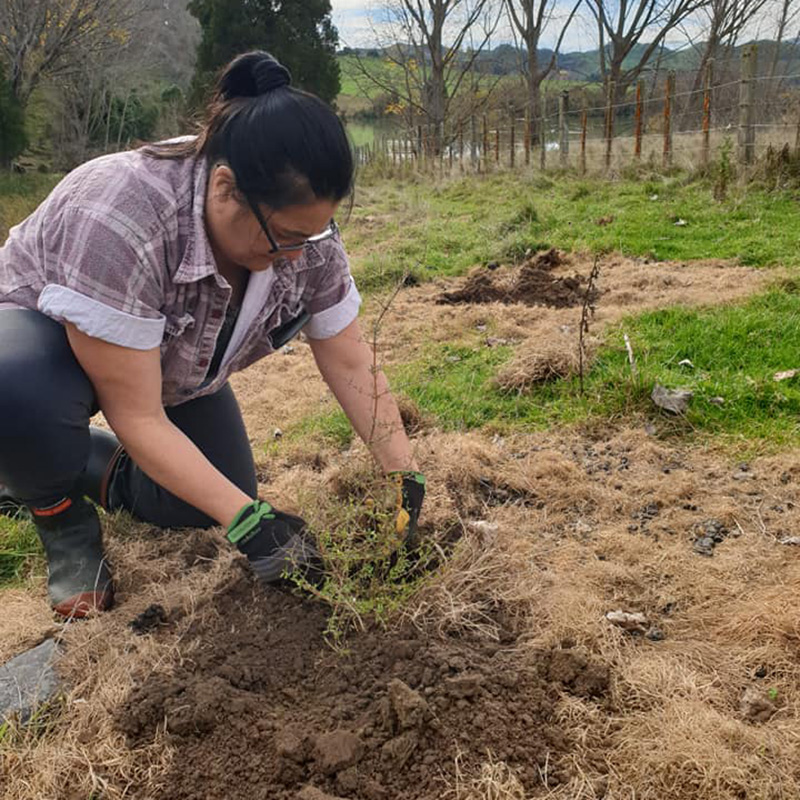
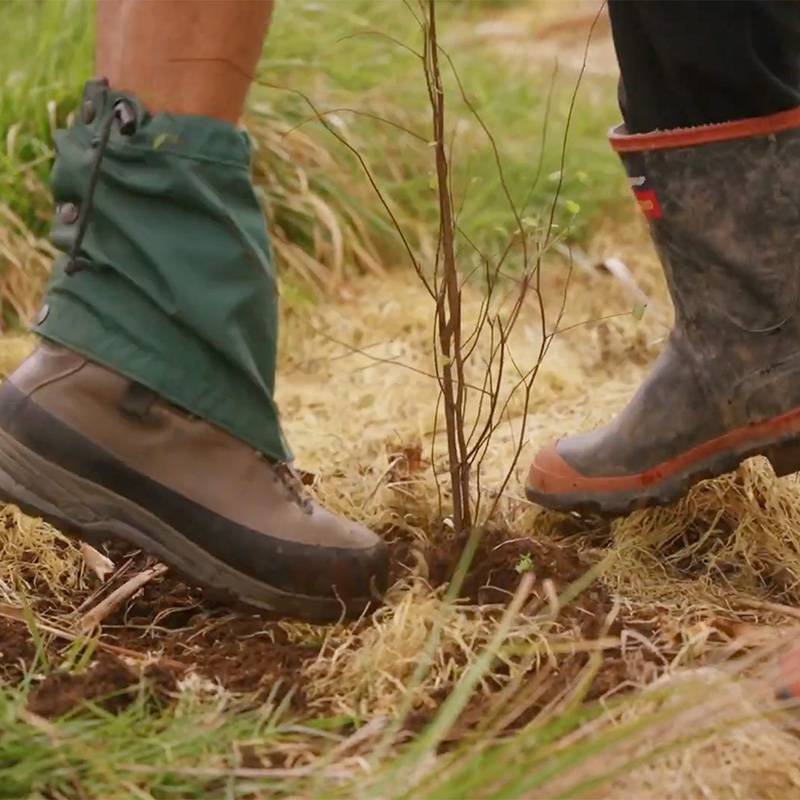
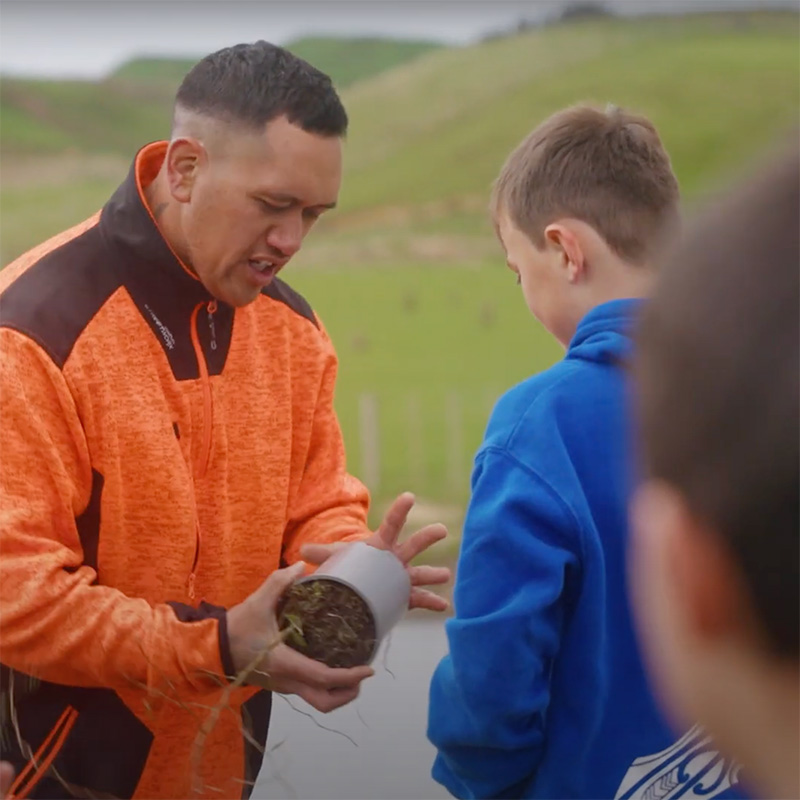
Stakeholders and Partners






Funders I

